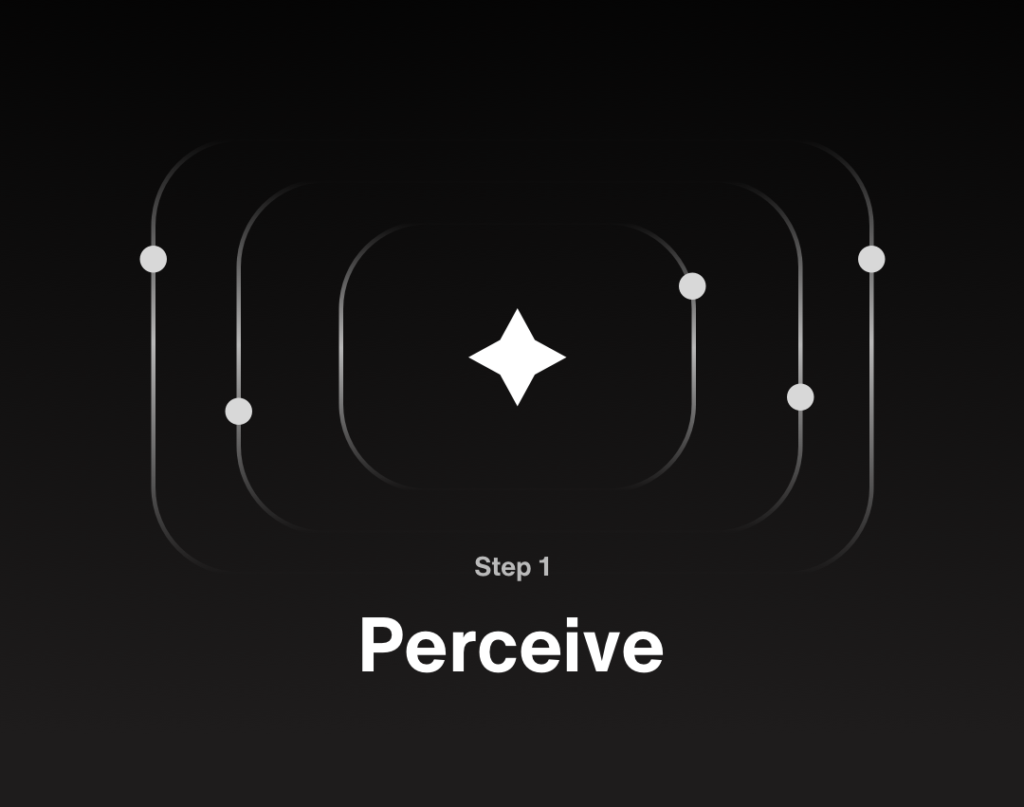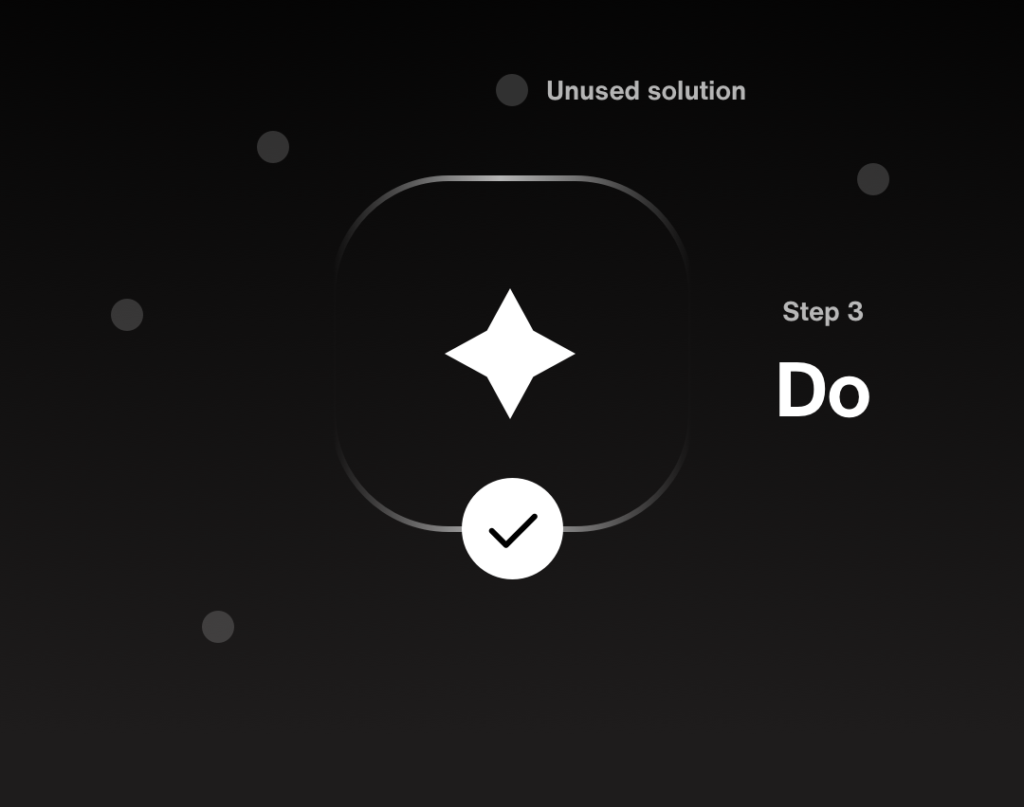There’s a lot of talk about AI agents right now.
But also a lot of vague explanations and scare tactics. People are afraid agents will take their jobs and are the first wave of doom.
Others exploit that fear by painting a grim “AI will replace you” future.
The reality is far more nuanced.
We’ve already been using a form of AI agents for quite a while. They are now becoming more widely available. That’s the main difference.
Things like self-driving cars are also AI agents and work based on the exact same principles.

The way Netflix recommends what you should binge next, or what covers would convince you to click into a show is another example.
Customer Support AI
We will use an example of an agent that replies to your customer service emails to solve the issues of your users. I know it’s one of the simplest possible options. But it also works very well to explain AI agents to people who are new to the game.
A typical AI agent workflow is just three simple steps.

Step 1: Perceive
The agent reads the email to understand the customer’s query, such as “Where’s my order?” or “I need a refund.”
It analyses the information from the client’s email and finds all the possible solutions, including those that are unlikely.
In the visual above, it’s like a couple of levels of possible answers, for now randomly dispersed.

Step 2 : Reason
It analyzes the problem, checks order details in the database, and decides the best response based on company policies.
You can set those policies and typical courses of action in advance. But the agent can take action on its own – even if there is no specific guide for a unique situation.
At this stage it also discards some solutions that will definitely not match the customer’s problem.
Of course the more guides you create, the better it will be at handling those weird or unique situations.
There’s also post-factum reinforement possible – when a customer reports that the bot did something wrong and a human correction is required.

Step 3 : Do
The last step is about taking aciton. The agent generates and sends a personalized reply, like, “Your order will arrive tomorrow” or “Your refund has been processed.”
On the backend, it connects to a relevant service and modifies the data. Which means it can not only inform the customer about a refund, but actually enable that refund to happen.
In cases where humans are required (shipping something) it flags a specific task in the system too.

In case of a customer service AI agent it all boils down to read, think and reply.
A Tesla autopilot bot analyses the data from sensors, parses the information and turns the steering wheel accordingly.
The upside of AI agents is that those decisions are happening very fast. The more data you feed the agents, the less error prone they’ll be.
The problems with AI Agents
The main issue with AI agents is that they’re removing the personal touch from the job. While it’s not needed (and possibly bad) for self-driving cars, for some industries it’s crucial.
Most people when they’re faced with a voice-robot on a call wants to immediately speak with a real person.
I think what will eventually happen is that human customer support will shift to more premium, craft oriented brands. Everyone else will stick to AI.
It will be a little bit like a concierge service, for which you pay extra.
Should you fear AI agents?
Not really. Most jobs they are “replacing” are non-creative, menial, repetitive ones. Customer support especially can be mentally taxing, as you often get lots of very angry comments.
As a customer support person, even if it’s not your company it still does affect you mentally.
Agentic approach like that will help us get more creative. The only issue they pose is to the people who are inherently not creative. And that, sadly is a pretty big group – mostly working in corporations.
They’ll have to eventually adjust.
